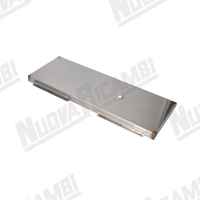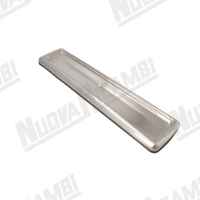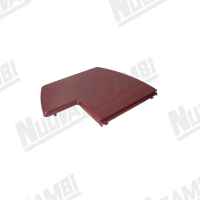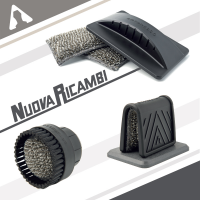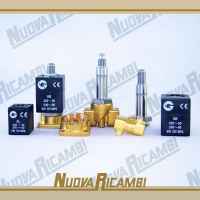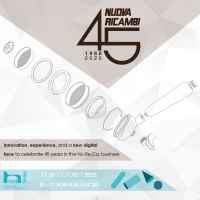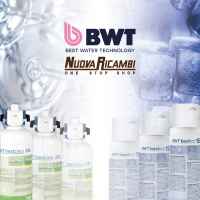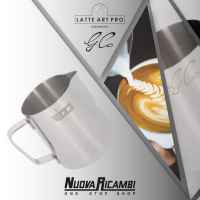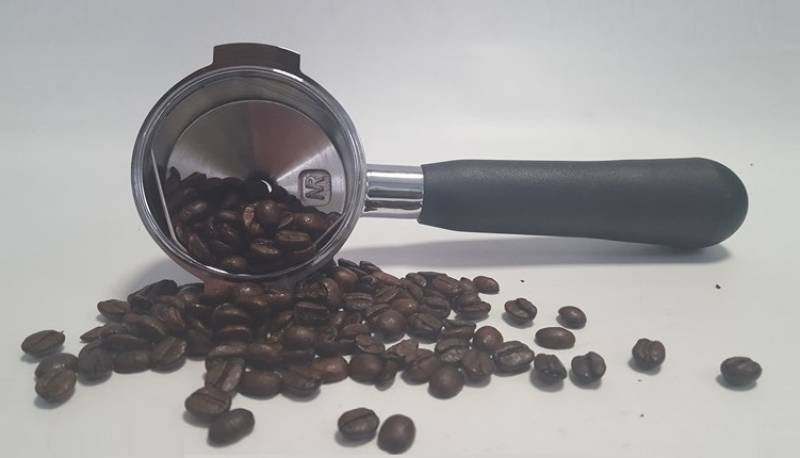
A film that has been renewing itself for 103 years? That of stainless steel!
1913 is a year that marked a turning point in the field of metallurgy: the Englishman Harry Brearley creates an alloy of iron and carbon with outstanding corrosion resistance, especially in fresh water or in a humid environment: the era of stainless steel begins
The chromium present in the alloy makes stainless able to 'passivate', that is, to become covered with a thin coat (3-5 × 10−7 mm), adherent, invisible oxide, which protect it from the action of external chemical agents. If this film is damaged is reformed from the matrix of the steel.
The stainless steel is then used as a material used for the contact with food, both for its robustness and functionality that for the characteristics of hygiene required in the food industry and processing. The hygiene of a material is in fact characterized by:
• High effectiveness in the removal of bacteria and residues in the cleaning phase for the entire useful life of the tool or of the machinery;
• Difficult bacterial residuality after cleaning actions;
• Resistance to corrosion, ie the inertia of the material to react with the substances with which the same material is in contact. It allows both high resistance to solvents and detergents that prevent the exchange of elements between the material and the food substances, which remain unaltered both from the chemical that the organoleptic and toxicological points of view;
• Absence of any protective coating, which could splintering, cracking and or release substances in food and which needs special chemical products for the cleaning;
• Surface structure compact and free of porosity, which prevents the machinery to absorb substances of various nature, whether they be food or detergents, and then the subsequent release of such substances.




